Explore the internal and external traits of story characters with this differentiated cut-and-paste worksheet.
Explore the Internal and External Traits of Characters
A character trait is a quality that defines that particular character. These traits can be outwardly visible (such as physical traits) or internal (such as personality and emotions). Characters are often defined by a few overarching traits, and these tend to vary from character to character.
This differentiated cut-and-paste worksheet has been designed to help your students identify the difference between an internal character trait and an external character trait. Each worksheet is slightly different to help you cater to the individual needs of the students in your class. The subtle differences in these worksheets are outlined below.
- Worksheet 1 – The terminology used is ‘Inside Trait’ and ‘Outside Trait’. The traits are in simple language: sad, hair, happy, eyes, tall, tail, kind, quiet, small, mad.
- Worksheet 2 – The terminology used is ‘Internal Trait’ and ‘External Trait’. The traits are in more sophisticated language: proud, feather, tiny, evil, friendly, furry, giant, sneaky, excited, crown.
Choose the version of the worksheet that best meets the needs of your lesson and your class, or provide different versions to different groups of learners based on their ability.
Extending This Character Traits Activity
This resource looks deceptively simple at first glance… but it provides a great springboard for further investigation of story characters and their internal and external traits.
Why not have your students add additional internal and external traits to the cut-and-paste worksheet? Each student could choose one of their additional traits to share with the rest of the class.
Alternatively, why not see if the students can think of a story character that fits each trait on the worksheet? For example, ‘kind’ could be an internal trait belonging to the Fairy Godmother from the well-known fairy tale, Cinderella.
Download to Get Started!
Use the dropdown arrow next to the Download button to choose between the editable Google Slides file or the easy-print PDF.
As this resource contains answer sheets, we recommend printing one copy of the entire file, then removing the student worksheets for photocopying.
This resource was created by Lisamarie Del Valle, a Teach Starter collaborator.
Don’t stop yet! We have many more curriculum-aligned resources to help you teach story characters to your students!
[resource:1718186] [resource:4925026] [resource:4974107]
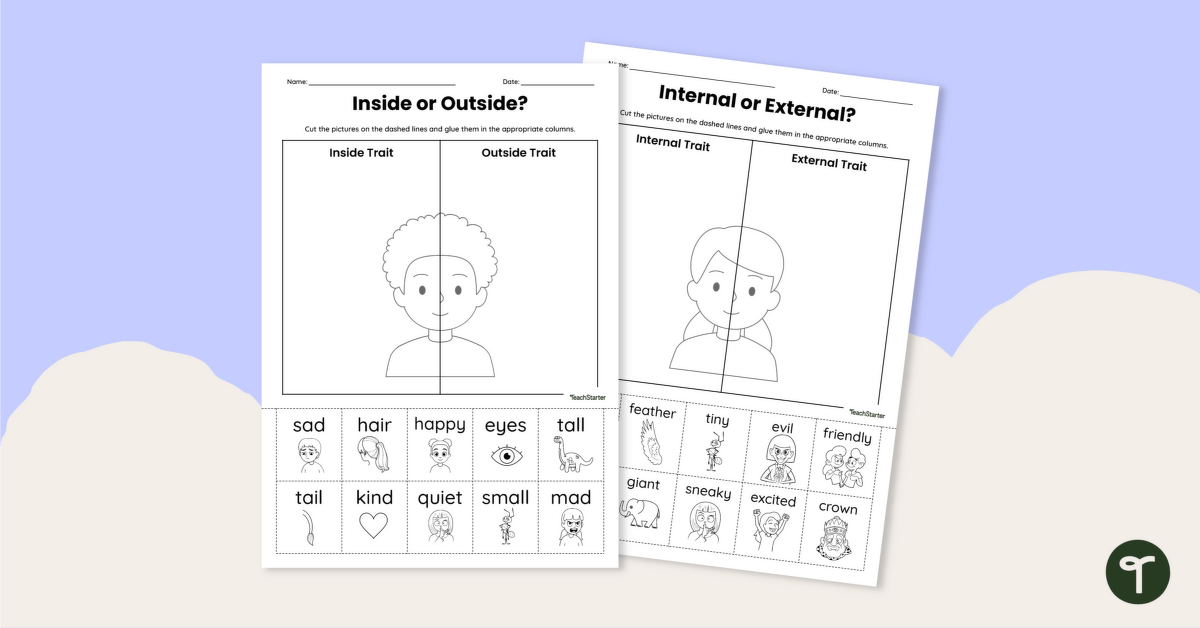

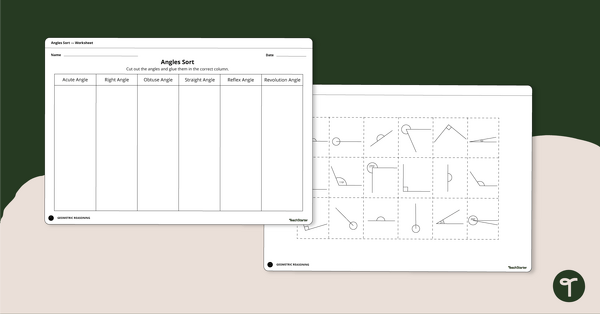
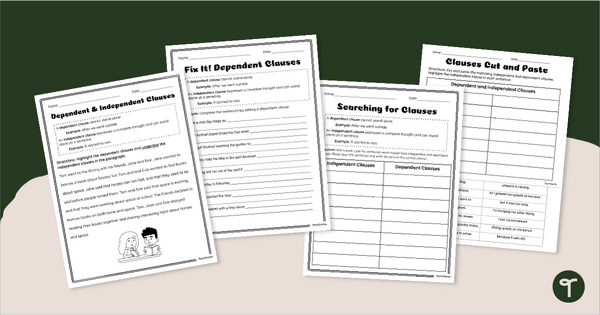
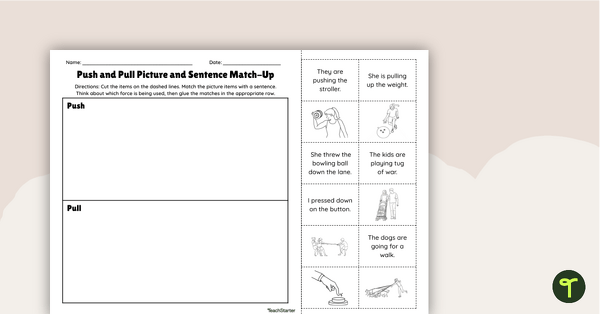
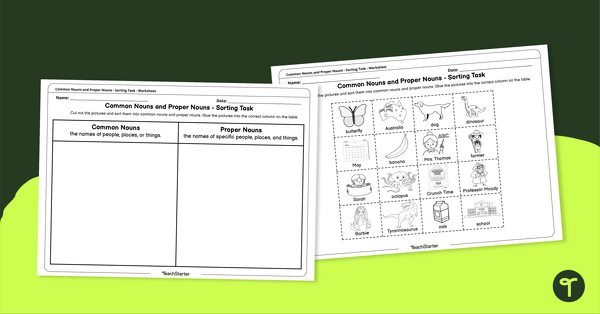
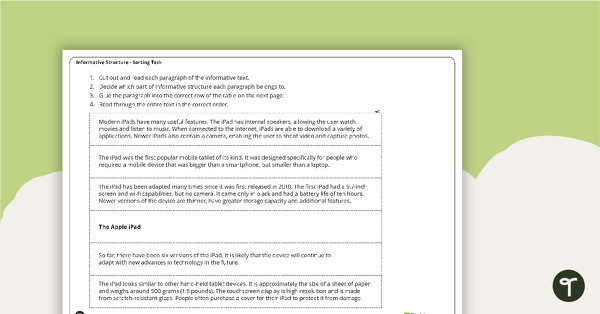
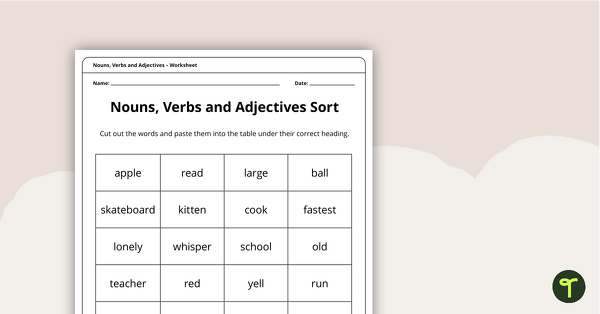
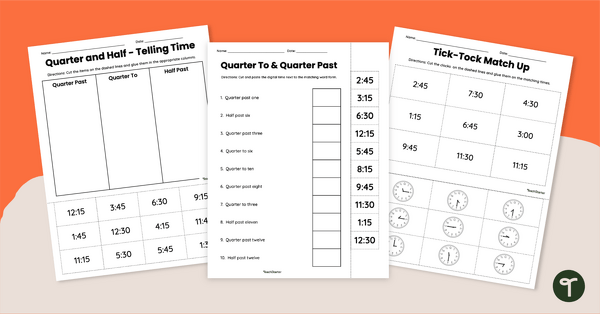
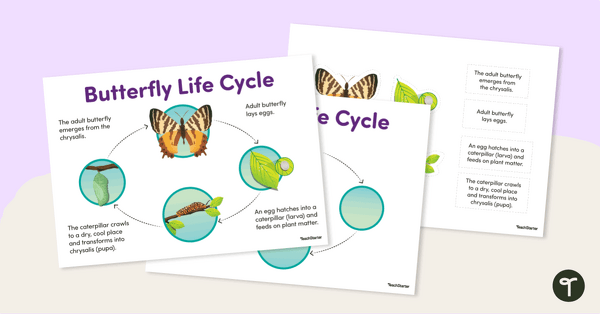
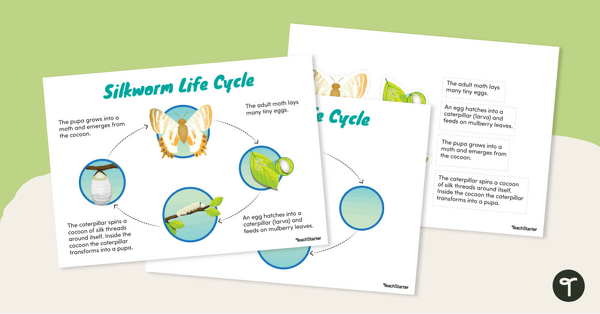
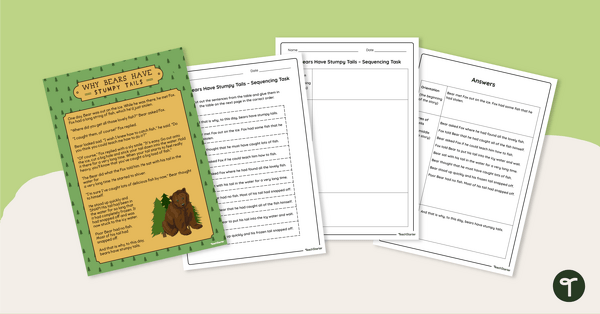
0 Comments
Write a review to help other teachers and parents like yourself. If you'd like to request a change to this resource, or report an error, select the corresponding tab above.